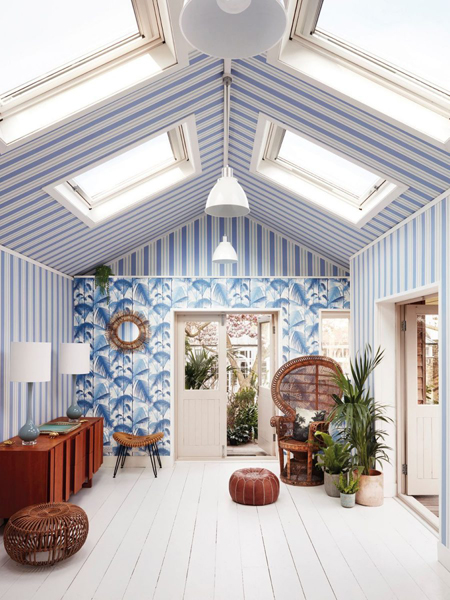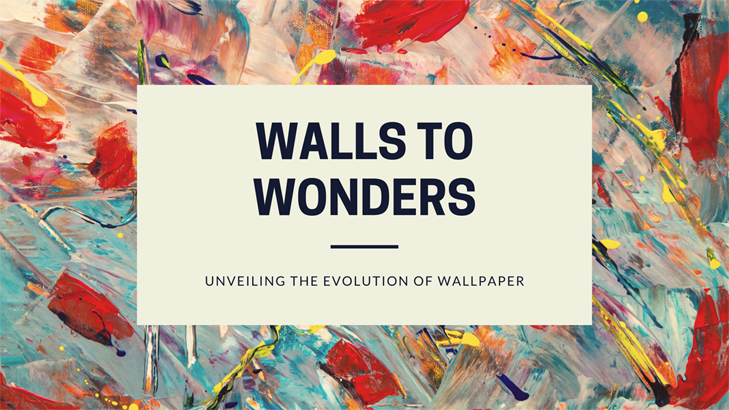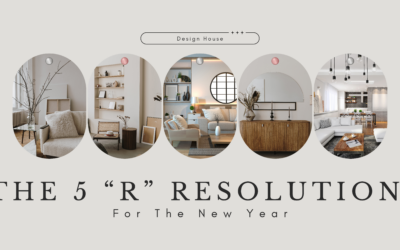From Fragments to Flocked marvels

A Chinese Luxury to Mass Market Sensation
Towards the close of the 17th century, as trade flourished between China and England, the Chinese luxury wall coverings grew exponentially. These wallcoverings, which were hand-painted rather than printed, captured the attention of consumers, and remained prominent for approximately a century. Despite their popularity in England, the Chinese themselves did not utilize these papers, as they were exclusively manufactured for export. The designs predominantly featured plants, birds, and landscapes, reflecting biophilia, a concept that remains popular even today. It didn’t take long for European manufacturers to emulate these luxury wallcoverings, transitioning them from hand painted versions to printed replicas with hand coloring.
A significant milestone occurred in 1939 with the invention of the first wallpaper printing machine. This technological advancement revolutionized wallpaper production in Britain, quickly increasing efficiency and affordability. The production dramatically changed from one million rolls in 1834 to nearly nine million rolls in 1860, making wallpaper accessible to a broader audience. This transformative shift in production methods had a profound impact on the perception of decoration, sparking a desire for artistry and aesthetic appeal among the middle class. This bears resemblance to the post-pandemic period in 2020, when many individuals sought to enhance their surroundings and engage in redecorating. As result, the practice of combining various wallpaper designs within a room, papering ceilings, and incorporating friezes gained popularity, further fueling the evolution of wallcoverings.

The first wallpaper printing machine, photographed in 1939.

An original 1935 Sears, Roebuck & Co. wallpaper catalog.
Limitless Possibilities in Modern Design
In recent years, wallpaper has experienced a significant resurgence, fueled by advancements in technology that have expanded the range of options to the point where the term “wallpaper” no longer suffices to encompass them all. Different grounds are now available to suit various purposes, catering to a specific need. For instance, there are vinyl wallpapers suitable for damp areas and commercial use, while others are designed for acoustical purposes which may incorporate a layer of foam. Many wallcoverings are versatile enough for both residential and commercial settings, while some incorporate LED lights, 24 karat gold accents, or even wood elements. Murals have gained popularity, offering a plethora of options and the ability to create custom designs based on photographs or artwork. Technological advancements have also facilitated the growth of artisanal papers by emerging artists with 3D printing playing a role alongside the continued existence of handmade papers. The result is a vibrant and diverse landscape of wallcoverings that cater to a wide range of tastes and preferences.

LED Wallpaper: Meystyle: Light Lines. Photography by Meystyle.

Wood Wallpaper: Arte: Lucky O’s. Photography by Arte.
So how are wallcoverings being used today? The utilization of wallcoverings today is being embraced as versatile design elements that can enhance various surfaces and transform different pieces of furniture. Consider covering the back of bookcases, stair risers, or even using them to revitalize and reimagine existing furniture. Certain patterns allow for railroading or unconventional hanging methods such as alternating strips, as we demonstrated in our showroom with the Versace wall and the wall in our restroom. Ceilings, often overlooked, can benefit greatly from the addition of wallcoverings, providing an unexpected and visually appealing element to the space. Combining wallcoverings with matching fabric for upholstery and window coverings creates a cohesive and harmonious look. Additionally, when presented with a particularly artistic wallcovering, framing it as a standalone piece of art can yield remarkable results. We have personally used this technique by using a large artwork and framing it with molding to create a captivating focal point in a dining room. The availability of numerous murals or the option to customize allows for the incorporation of continuous, non-repeating patterns that have the power to completely transform a space. The possibilities of using wallcoverings in innovative ways are limitless, which open new avenues for creative expression in interior design.

Wallpaper & Fabric: Anna French-Milford from Antilles collection being used. Photography from Thibaut

Wallpaper: Cole & Son: Hyacinth Blue & Cerulean Polo Stripe. Photography
by Cole & Son.
Understanding the world of wallpaper and how it has evolved is one part of history that I find so interesting and makes me really appreciate all that has transpired to get us to the exciting and limitless options we have today. It is a great tool for us to use to create and is one of the most transformative things you can do in space. We invite you to spend time immersing yourself in our huge library of books and samples at our showroom. You will love all the discoveries!
Other posts you may also be interested in:
Looking Glass To Mirrors To Selfies
What must it have been like to not be able to see yourself, except perhaps by a reflection in a pool of still water, and practically standing on your head to do that? Were we more focused on life and relationships without vanity then? We’ve come a long way from that...
Au Naturale
We want to use what comes from nature, and biophilic design has been proven to create both a calming and productive environment. But what qualifies as a natural product? Bear with me for the definition and groundwork so we can talk about some exciting products from...
The Five “R” Resolutions For The New Year
The 5 "R" ResolutionsAre you taking down those Christmas decorations and your space is looking a little bare, boring, or just uninspired? Maybe it is not functioning that well for you either. You need an enjoyment return on your home investment. Consider one or...


